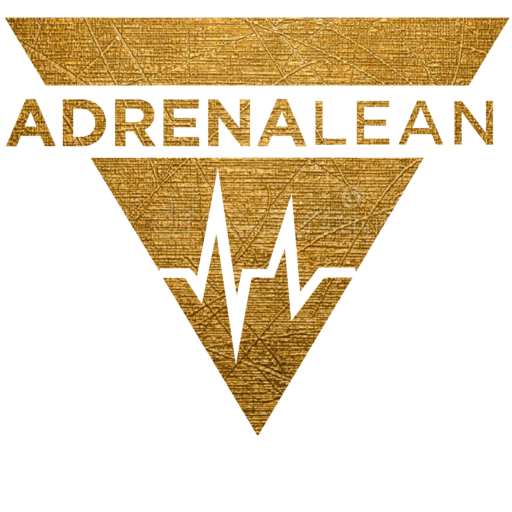How to get Stronger
Getting stronger is subjective. One can simply say they got stronger because they feel good. But to truly define strength, we need metrics to back it up. We need data. We need to track our progress
There are many ways to do this. We define it as progressive overload. To achieve progressive overload, you need to be able to do the same program for at least 4-6 repetitions to allow your body to get stronger each session. This is why working with a plan is so important. Otherwise, you will be winging it in the gym, doing different exercises each session with different weights. This is the exact reason why people find training in the gym mundane and repetitive. They fall off track because they don’t have a plan
Progressive overload can be achieved in 4 ways. We will go through it one by one
1. Increasing Intensity (weights/load goes up)
This is the simplest way, by increasing the weight you use each session.
Example: Goblet Squats
Session 1: 10kg x 10 reps
Session 2: 12kg x 10 reps
Session 3: 16kg x 10 reps
Small increments of 2.5kg to 5kg is the safest way to progress with your weights. If you are jumping weights >5kg each session, either you are on roids or you started off too light and are still trying to figure out your correct weight
2. Increasing Volume through reps and/or sets
This is something that requires planning through programming of your workouts and writing it down on your notes or a piece of paper to track what you are doing each session
Increasing through reps
Example: Goblet Squats
Session 1: 10kg x 8 reps
Session 2: 10kg x 10 reps
Session 3: 10kg x 12 reps
This increment in reps but weight being the same is a form of progression. Especially if you are lifting weights that are very heavy and you are finding it difficult to increase the weight each session so the best bet would be to increase reps
Increasing through sets:
Example: Goblet Squats
Session 1: 10kg x 8 reps x 3 sets
Session 2: 10kg x 8 reps x 4 sets
Session 3: 10 kg x 8 reps x 5 sets
This is a great way to build muscle, by increasing total load lifted over a session through sets. Its great for someone who is trying to focus on heavy compound movements and build muscle mass.
3. Quality of movement
Progression does not always have to be metric-related or this obsession with increasing numbers each session. Sometimes, sticking to the same weight, especially if you are new to the movement or if you are lifting close to max capacity for that movement can be beneficial.
Lets use Goblet Squats as an example. If you are using 10kg for 8 reps and its close to max capacity, and you find yourself struggling in the last 2 sets, where your movement is slightly wobbly and not full range of motion, then it would make sense to keep the same weight for the next session. This will ensure you perform all the reps with full control. That is progression too!
4. Ultimate progressive overload
This is where the magic happens. Where 2 or more progressive overlaod methods are progressed in each session.
Weights and Sets
Example: Goblet Squats
Session 1: 10kg x 8 reps x 3 sets
Session 2: 12kg x 8 reps x 4 sets
Session 3: 15kg x 8 reps x 5 sets
Reps and Sets
Example:
Session 1: 10kg x 8 reps x 3 sets
Session 2: 10kg x 9 reps x 4 sets
Session 3: 10kg x 10 reps x 5 sets
The idea behind progressive overload is to make sure you are improving every session for muscle and strength gain. There will be setbacks from the following
– Overtraining. This happens if you train too often, rest too less, and under-eat/sleep. You will hit a plateau with the training and won’t feel like pushing through the session
– Not enough sleep. Your recovery will be compromised resulting in your energy levels and neuromuscular efficiency being down
– Insufficient calories. This will make you feel weak and low in energy, not being able to lift the weight you did in the previous session
– Unhealthy Diet. This will make you feel sluggish and will impact endurance and focus during the session
– Too long of a gap between sessions. This may make you go backward, resting too long without doing anything makes it harder to progress. Your body needs continuos stimulus of a certain training to get stronger.
These are things that may hold you back from progressing in your sessions. Make sure you are aware of them and are doing everything you can to improve on them. Sleep the night before the session is crucial! So is the type of food you consume on a daily basis.
Training is just 20% of the equation. To train hard, you need to sleep well and eat well. It is all linked. Think of a tent. If one leg of a tent is unstable and weak, the whole tent will be unstable and weak. All the legs work together to keep the tent upright and stable. The same goes for your fitness. You need to ensure you are taking care of each pillar to get the results you want
